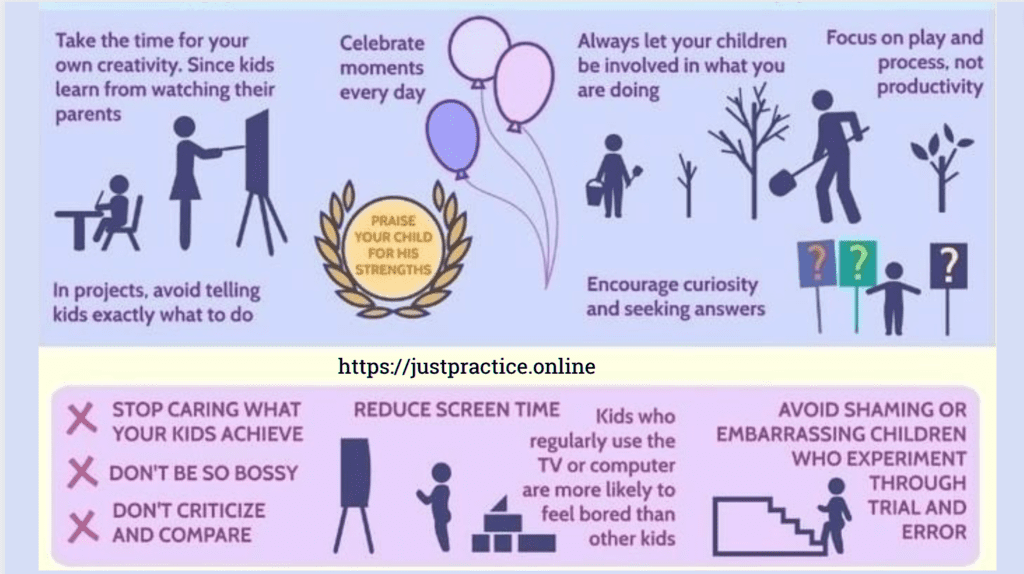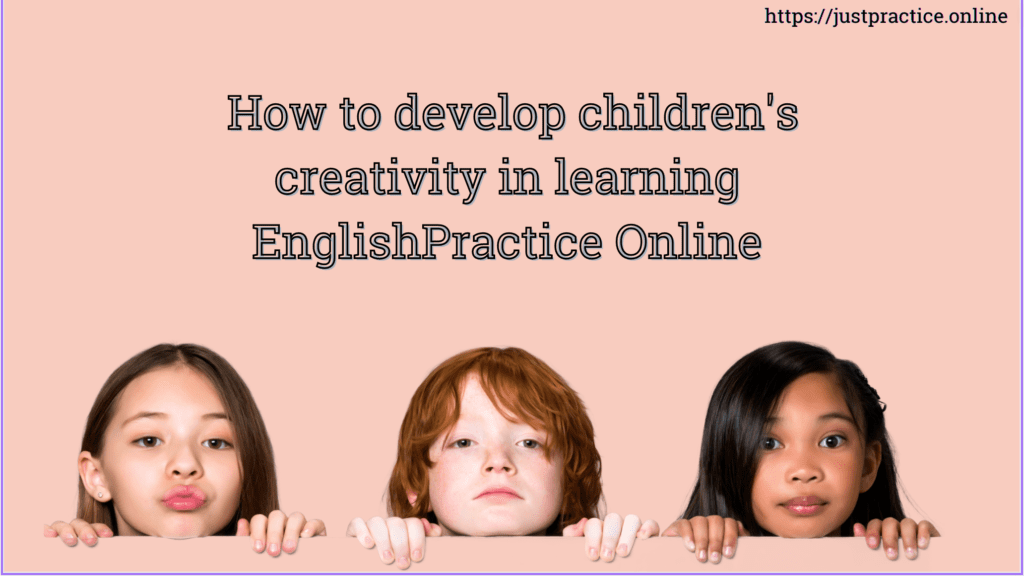
How to develop children’s creativity in learning English
The importance of creativity in language learning
Creativity is the ability to produce original and relevant ideas. It is essential in language learning because it enables learners to express themselves in a personal and authentic way, to adapt to different situations and to solve communication problems. Creativity also promotes motivation, self-confidence and enjoyment of learning. According to psychologist Howard Gardner, linguistic creativity is one of the forms of multiple intelligence that children can develop.

Encouraging creative writing
Writing is an important way to develop creativity, as it involves using imagination, vocabulary, grammar and syntax to create a coherent and original text. Creative writing allows children to express themselves freely, develop their personal style and stimulate their critical thinking. Here are some examples of creative writing activities for children:
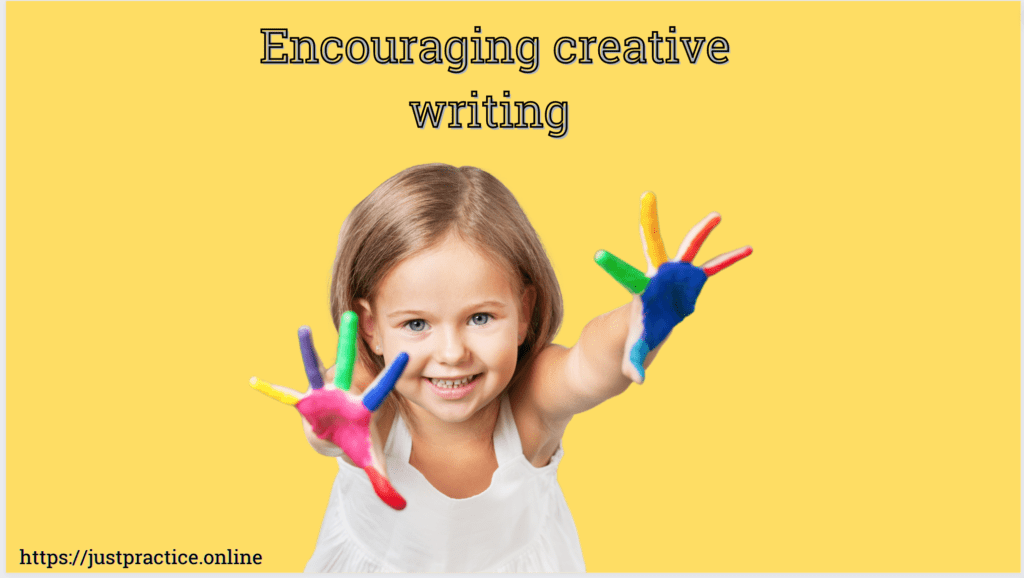
Writing a sequel or alternative ending to a story read in class
Writing a letter or e-mail to a fictional or real character
Writing a poem or song in English
Write a comic book or screenplay in English
Write a diary or blog in English
Promoting creative oral expression
Speaking is also a vehicle for creativity, as it requires adapting to the speaker, the context and the purpose of the communication. Speaking enables children to develop fluency, pronunciation and intonation in English. It also encourages interaction, cooperation and feedback between learners. Here are some examples of creative speaking activities for children:
Promoting creative oral expression
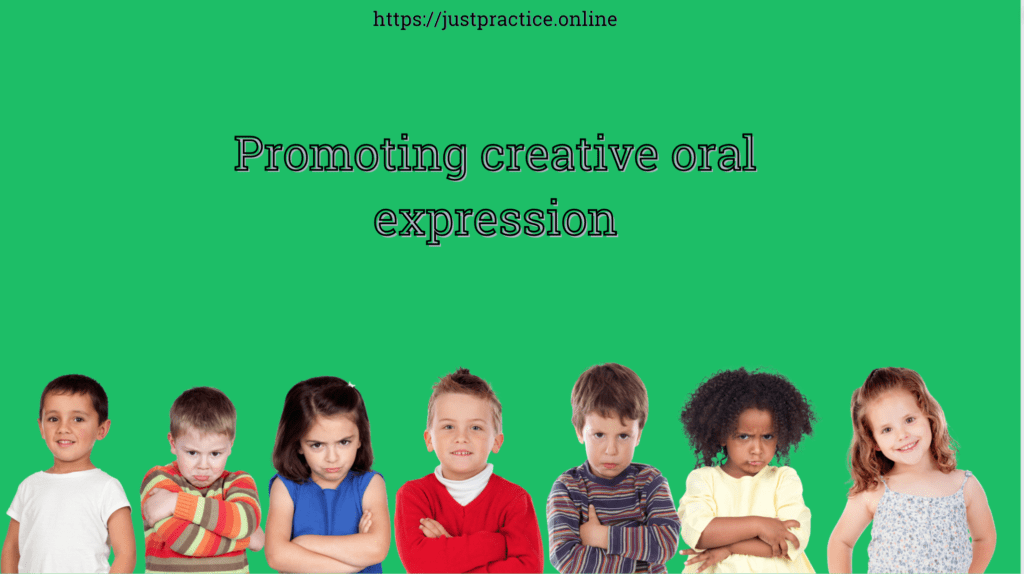
Role-playing or improvising dialogues in English
Participating in discussions or debates on topics of interest or current affairs in English
Present a project, experience or opinion in English
tell a story, anecdote or dream in English
Make up a riddle, joke or slogan in English
Using creative resources
Creative resources are materials that stimulate children’s creativity by providing them with sources of inspiration, information and entertainment. Creative resources can be visual (pictures, photos, drawings), audiovisual (videos, films, songs), playful (games, puzzles, quizzes) or interactive (applications, websites, social networks). Here are some examples of the use of creative resources for children:
Using creative resources
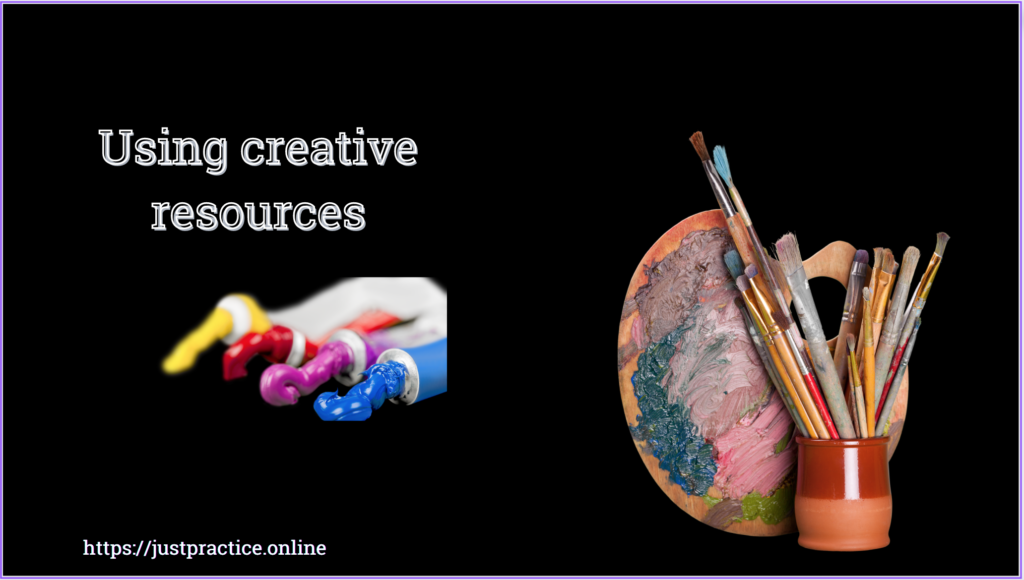
Use pictures or photos to describe a scene, invent a story or create a collage in English
Using videos or films to learn vocabulary, analyse a character or write a summary in English
Use songs to learn English pronunciation, grammar or culture
Using online games or interactive activities to review English vocabulary, grammar or comprehension
Use applications or websites to create content (text, image, video) or communicate with other learners in English
Encouraging imagination and divergent thinking
Imagination is the ability to mentally picture what does not exist or what is not present. Divergent thinking is the ability to produce several possible solutions to a given problem. Both of these skills are essential for developing creativity, as they allow children to think outside the box and explore new possibilities. Here are some examples of activities that encourage children’s imagination and divergent thinking:
Reading stories or tales in English to stimulate imagination and fantasy
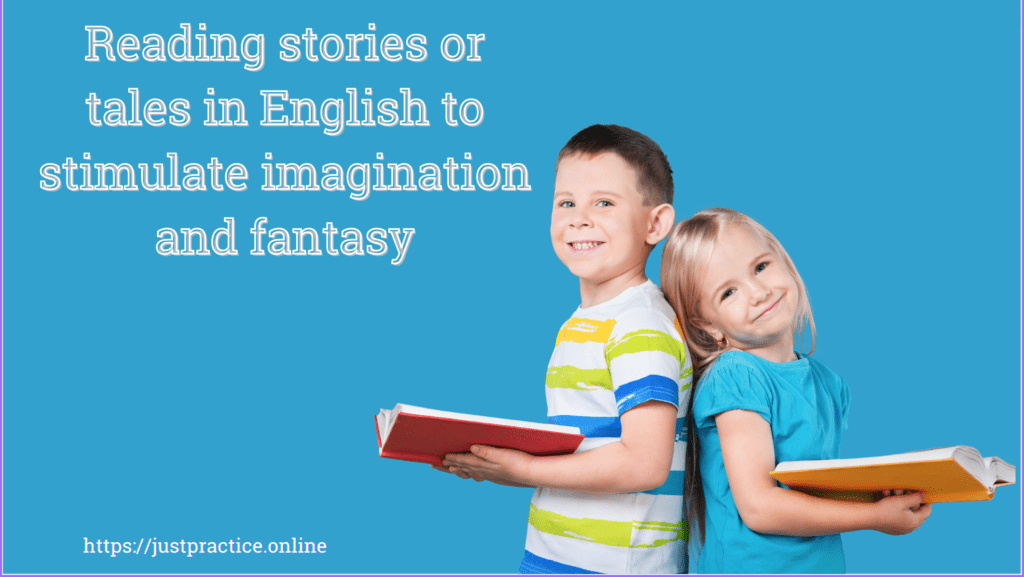
Creative thinking and problem-solving exercises in English (e.g. finding 10 ways to use an unusual object; imagining what a superhero would do in a given situation; inventing a new product or service)
Doing group brainstorming and ideation activities in English (e.g. coming up with a name for a new brand; coming up with ideas to improve the school; designing a humanitarian project)
